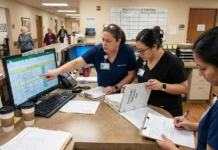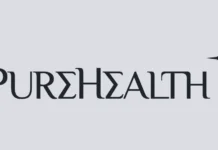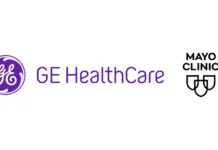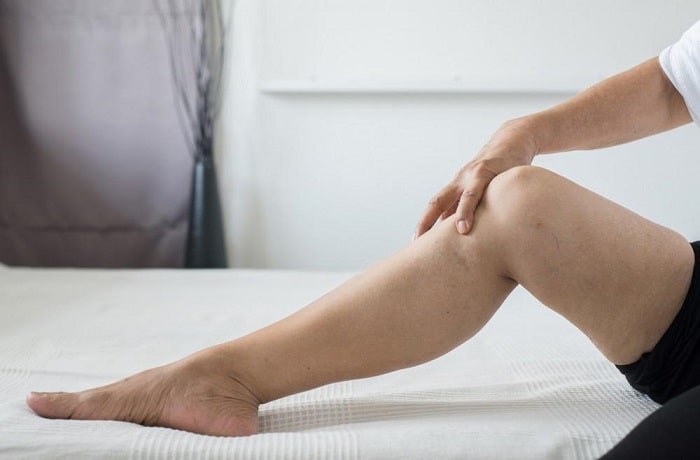Did you know that one in three Americans suffer from venous reflux? Venous reflux is a condition where the veins in your leg cannot pump blood back up to your heart. As a result, blood pools in your leg, which can lead to pain, swelling, and varicose veins. In this blog post, we will discuss what causes venous reflux and the treatment options available. We hope you find this information helpful!
Venous reflux is a condition in which blood flow is reversed in the veins. Normally, veins carry blood from the body tissues back to the heart. However, in venous reflux, the valves that are responsible for keeping the blood flowing in the right direction become damaged or weakened. This allows blood to flow backwards and pool in the veins. Venous reflux can occur in any part of the body, but it is most commonly seen in the legs.
Symptoms of venous reflux include pain, swelling, heaviness, and cramping in the affected limb. If left untreated, venous reflux can lead to more serious problems such as skin ulcers and blood clots. Treatment for venous reflux typically involves wearing compression stockings and elevating the affected limb when possible. In severe cases, surgery may be necessary to repair or remove damaged veins.
If you are concerned about the health of your veins, a Queens vein doctor can help. Vein clinics offer a variety of treatments to improve the appearance of your veins and improve your overall circulation. Medical services include Sclerotherapy, which is a minimally invasive procedure that uses injections to collapse problem veins. Endovenous Laser Treatment, which uses laser energy to seal off abnormal veins, even surgery might be necessary, but whatever type of treatment you choose, our goal is to help you achieve healthy, beautiful legs.
While superficial venous reflux is not typically a serious condition, it can be uncomfortable and may lead to more serious problems if left untreated. There are several treatment options available for superficial venous reflux, including lifestyle changes, compression stockings, vein surgery, and sclerotherapy. In most cases, a combination of these treatments is effective in managing the condition. If you are experiencing symptoms of superficial venous reflux, please consult with your doctor to determine the best course of treatment for you.
While there is no cure for venous reflux, it can be managed with lifestyle changes and medical treatments. Compression stockings are one such treatment. By applying gentle pressure to the legs, compression stockings help to improve blood flow and reduce swelling. They are typically worn on a daily basis, and some people find that they provide significant relief from symptoms. If you are suffering from venous reflux, talk to your doctor about whether compression stockings could be right for you.
Sclerotherapy is a treatment that involves injecting a solution into the affected veins, which causes them to scar and close off. This helps to improve blood flow and reduce the risk of further complications. While sclerotherapy is generally safe and effective, it is important to be aware of the potential risks and side effects. These can include bruising, pain, or inflammation at the injection site. In rare cases, sclerotherapy can also cause blood clots or hyperpigmentation. For this reason, it is important to discuss the risks and benefits of sclerotherapy with your doctor before beginning treatment.
Endovenous laser treatment is a minimally invasive procedure that can effectively treat venous reflux. During the procedure, a small laser is inserted into the vein. The laser emits light energy that contracts the vein walls and closes off the abnormal valves. This significantly improves blood flow and relieves symptoms. Endovenous laser treatment is safe and effective, and most patients experience immediate relief after the procedure.


















